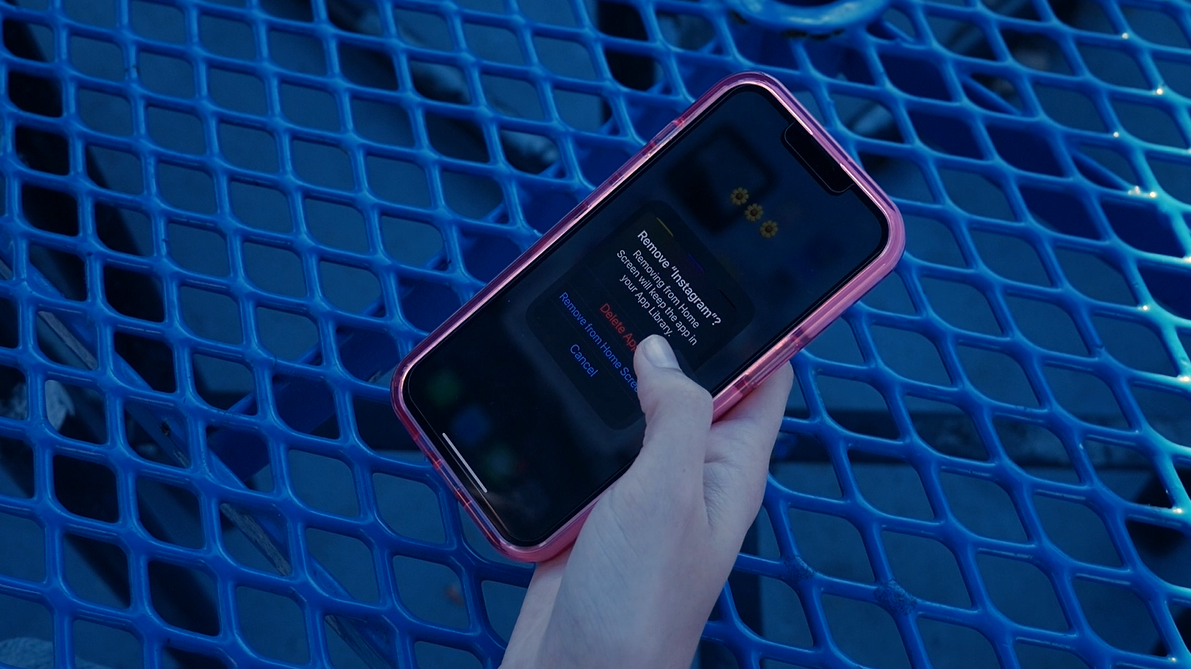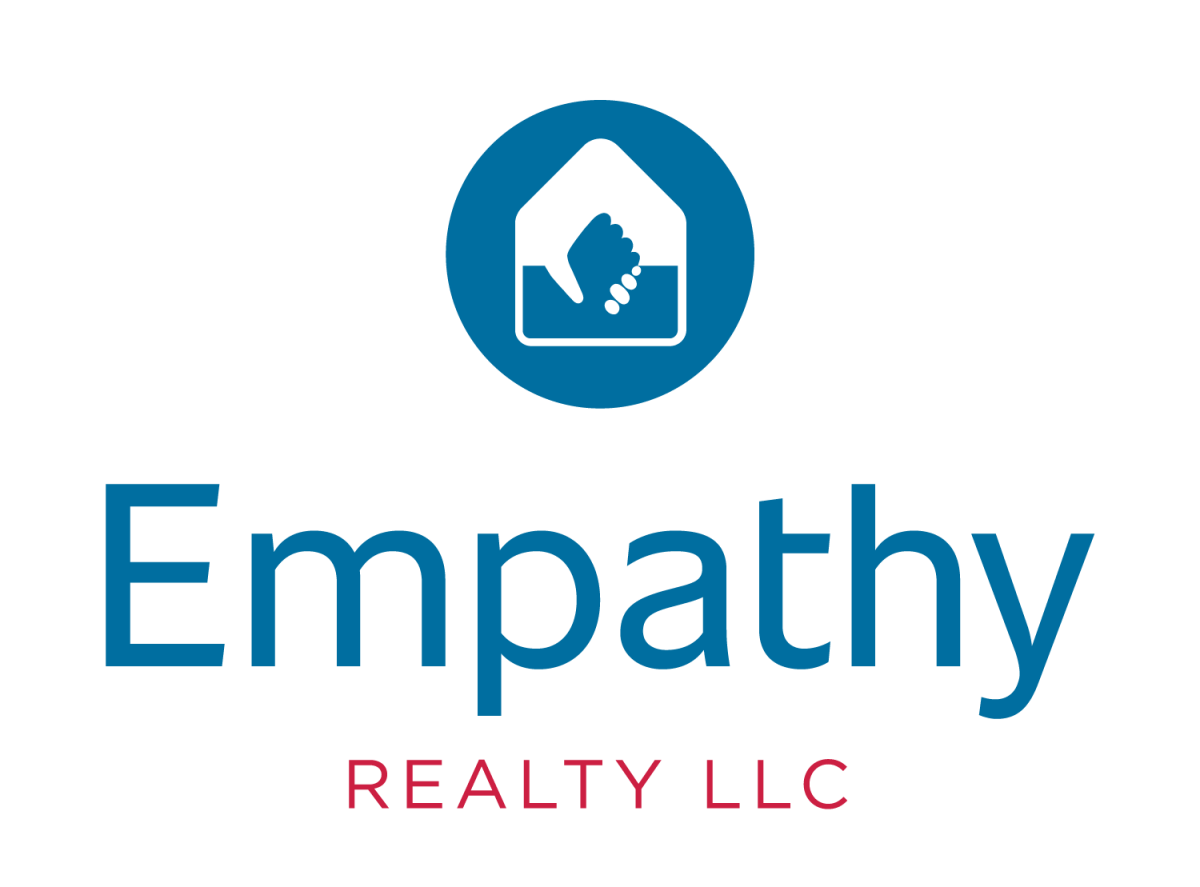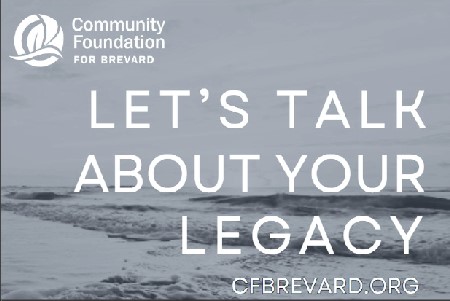Triggernometry: Education comes with warnings
March 18, 2016
As U.S. History teacher Jim Pustay shows a video about slavery to his 10th grade class, sophomore Tena Gordon suggests that a trigger warning be issued prior to its presentation.
“We were going over slavery and the chapter was specifically graphic in terms of the pictures and the hardships,” Gordon said. “I suggested, ‘Hey, nothing wrong with teaching it, but say beforehand, this is graphic.’ So say someone has past instances with being battered because they’re black or other reasons, they can maybe step outside because some people will go into panic attacks and such.
The importance of a trigger warning is to alert someone who may go into severe emotional distress as a result of viewing offensive material,” Gordon said.
The widespread discussion of the issue has created a divide among professionals in higher education institutions.
Opponents of trigger warnings claim that they only serve to coddle a hypersensitive generation from anything that may oppose their own opinions. Greg Lukianoff and John Haidt of “The Atlantic” magazine claim students’ only purpose in advocating for trigger warnings is “to scrub campuses clean of words, ideas and subjects that might cause discomfort or give offense.” They argue students are being shielded from encountering different opinions and from receiving a proper education.
Despite the popular idea that issuing trigger warnings is detrimental to the educational process, others choose to acknowledge the positive benefits.
“It’s a matter of conditioning,” U.S. history teacher Jim Pustay said. “Teachers and professors are taught to be sensitive to a very diverse group. As we know, the biases [and] prejudices are conditioned from childhood. That is sometimes hard to break, but it takes a conscious effort. So we basically have to re-learn the triggers and because of the sensitivity I think it’s a good thing. I find myself, for example, like [when I am talking about] Native Americans, I want to say Indian, but the trigger is insensitive in that term and so, I have to catch myself. It’s a matter of wanting to and conditioning yourself, but I think in a land of diversity you just got to do it and you have to really put up the effort.”
When discussing sensitive topics such as rape or racism, students who have had traumatic experiences might suffer significant emotional or mental anguish, preventing them from effectively completing an assignment. According to Augustus Johnston, a professor of history at Hostos Community College of the City University of New York, trigger warnings are meant to prevent these sort of situations, not to coddle hypersensitive youth.
While some professionals believe students will take advantage of these warnings by seeking unnecessary exemptions, Kate Manne, an assistant professor of philosophy at Cornell University, refutes this idea with the fact that, in her experience, only two students have asked for exemptions, and only after the trauma was so bad that it prevented them from effectively completing the assignment.
“I think trigger warnings should be on everything. That way we are taking into account everyone’s sensitivities,” Gordon said.
Issuing trigger warnings has become extremely controversial, yet senior Elianna Cooper says the conversation surrounding the issue is being blown out of proportion.
“I think they definitely have their place,” Cooper said. “I feel like a lot of the controversy over them is outsized because if the trigger warning isn’t directed at you, there’s no reason for you to get particularly offended or upset. A lot of people take it to mean professors are being censored on college campuses because they can’t do anything that has something that could be triggering, but I feel like that’s not what trigger warnings are about.”
Although various students and teachers agree with this practice, senior Jordan Stowers questions its validity, saying that it is highly unnecessary and only serves to prevent young adults from having to deal with the real world.
“They’re good to have but only to an extent,” Stowers said. “There are going to be things that are going to freak you out no matter what.”
A vital part of education is debate and exposure to situations that may make one feel uncomfortable. But given the current social climate, educators are figuring out how to balance educational content with social sensitivity.




















































